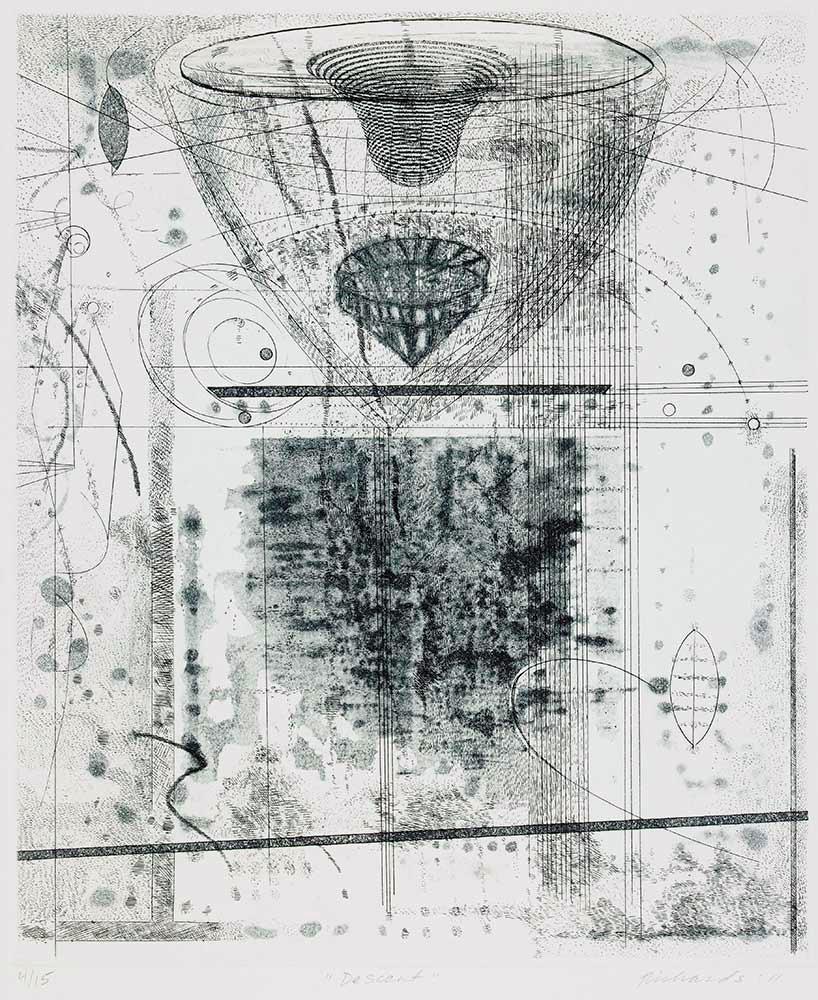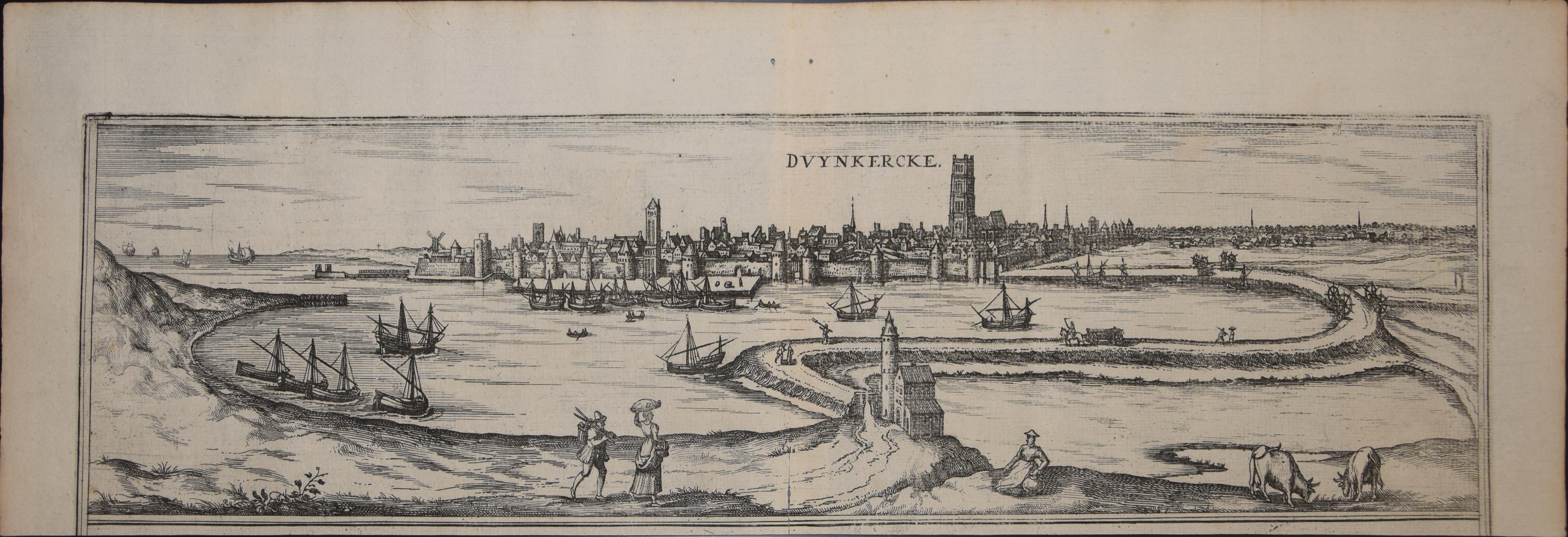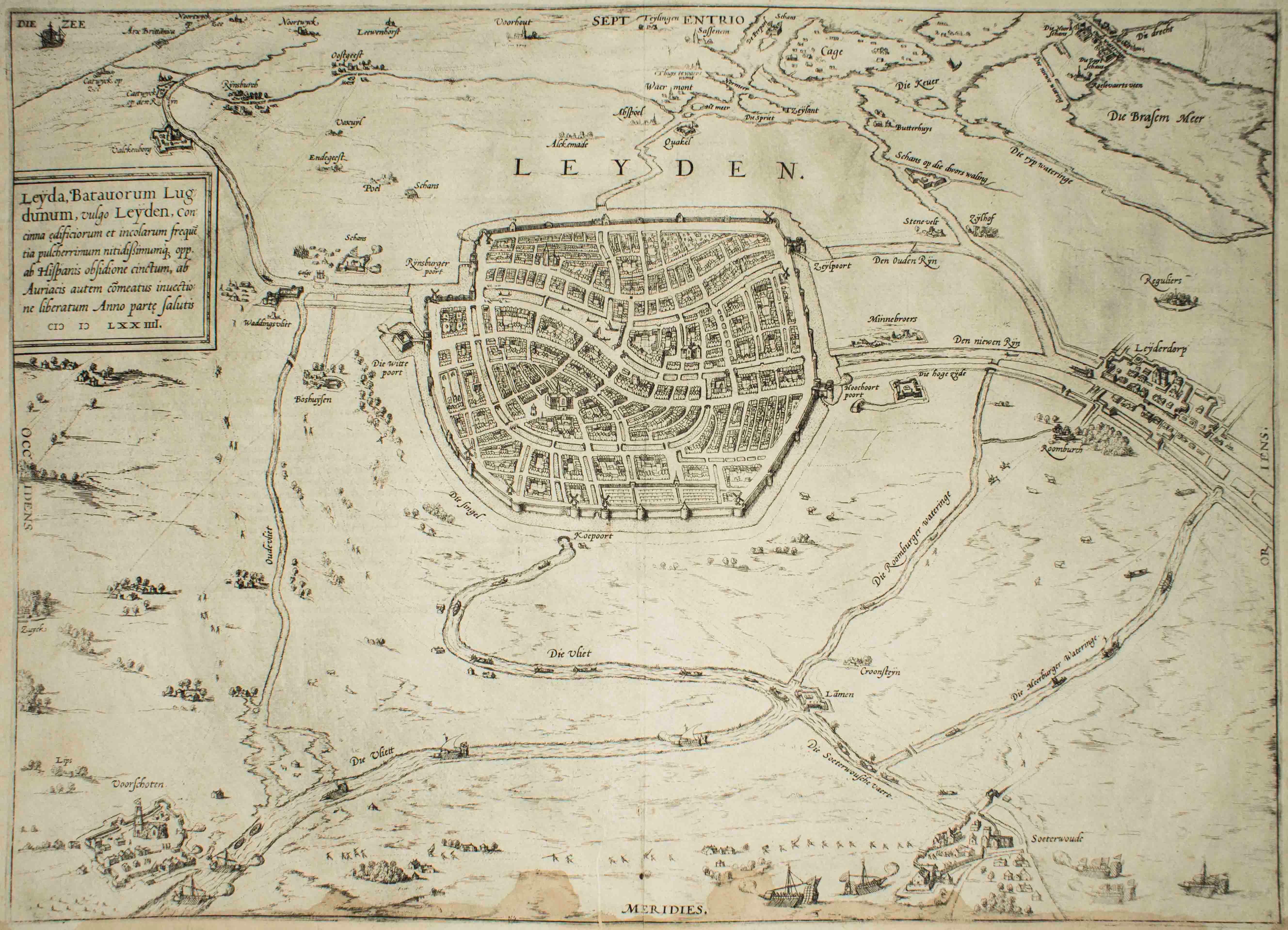Items Similar to "Pillory, Charing Cross" by Rowlandson from "The Microcosm of London"
Want more images or videos?
Request additional images or videos from the seller
1 of 8
Thomas Rowlandson"Pillory, Charing Cross" by Rowlandson from "The Microcosm of London" 1809
1809
About the Item
"Pillory, Charing Cross" is an illustration (Plate 62) from "The Microcosm of London", published in London in 1809 by R Ackermann's Repository of Arts. The scene was created by one of the most famous British satirists and caricaturists of the late 18th and early 19th centuries' Georgian Period, Thomas Rowlandson, who drew the figures, while Augustus Charles Pugin drew the architecture. The plate was then created by Hill, Stadler and Bluck using a combination of aquatint and etching and was then hand colored with watercolor. Scenes illustrated in "The Microcosm of London" gives an accurate and often comical view of everyday life in London during the Regency Period of the early 19th century. While Pugin’s excellent architectural drawings capture the size and shape of the exterior as well as the interior of London’s principal buildings, Thomas Rowlandson’s insightful and often whimsical and satirical view of the city's inhabitants depicts the color and vitality of the late Georgian society, both rich and poor alike.
This print depicts the "Pillory, Charing Cross", where criminals were brought and placed on display while secure in the stocks, as are seen in this print. A crowd is present in the square jeering at the prisoners. A statue of Charles I on horseback stands atop a very large pillar to the right. Shops with apartments are seen on the left. Young wealthy people frolic around and on a carriage on the right in front of the statue of King Charles.
The print is held in the collections of many museums, including The Metropolitan Museum of Art, The British Museum and The Fine Arts Museums of San Francisco. It is presented in an older brown wood frame, highlighted with gold colored inner trim, with a cream colored double mat with grey inner mat. There is a tiny spot in the left lower margin and another in the upper margin and a suggestion of a few more faint spots. The frame has several defects.
- Creator:Thomas Rowlandson (1756 - 1827, British)
- Creation Year:1809
- Dimensions:Height: 15.25 in (38.74 cm)Width: 17.25 in (43.82 cm)Depth: 0.63 in (1.61 cm)
- Medium:
- Period:
- Condition:
- Gallery Location:Alamo, CA
- Reference Number:
About the Seller
5.0
Gold Seller
These expertly vetted sellers are highly rated and consistently exceed customer expectations.
Established in 2011
1stDibs seller since 2019
242 sales on 1stDibs
Typical response time: 1 hour
- ShippingRetrieving quote...Ships From: Alamo, CA
- Return PolicyA return for this item may be initiated within 7 days of delivery.
More From This SellerView All
- A Signed Etching of a Pastoral Scene in Picardy, France by Paul Emile LecomteBy Paul Emile LecomteLocated in Alamo, CAA beautiful aquatint etching of a serene pastoral scene in the Picardy region of northern France by Paul Emile Lecomte (1877-1950). A mother and child are seen walking down a path in...Category
Early 20th Century Impressionist Landscape Prints
MaterialsAquatint
- The Beach in Normandy, France, Near Bayeux: A 19th C. Etching by Maxime LalanneBy Maxime LalanneLocated in Alamo, CAThis is a mid 19th century etching entitled "Point de Depart de Guillaume de Normandie, Beuzeval, Emboucher de la Dives Calvados (The point of departure of William of Normandy (William the Conqueror)), created by Maxime Lalanne and published in 'L'Illustration Nouvelle' in 1868 by Alfred Cadart. The etching depicts the beach at Beuzeval in Normandy; with the shore in the foreground on the right lined by a row of houses, the sea at the left, and an expansive sky above. There are people on the beach and sailboats in the water. This is the point of departure of William the Conqueror for his voyage to England in 1066, resulting in his victory over the Anglo-Saxons at the Battle of Hastings and the establishment of Norman rule. The events are memorialized in the Bayeux tapestry, created by William's wife. This etching is presented in a white mat that is suitable for framing. This excellent impression is printed on thick chain-linked, laid cream-colored paper with wide margins. It is signed in plate in the lower right and titled in the plate in the lower left. There is a collector's stamp (either an "NC" or a "CN") in the lower right corner. The sheet measures 9.5" high by 12.75" wide and the mat measures 13.5" high by 16" wide. There are two tiny faint spots in the periphery of the upper margin, but the print is otherwise in excellent condition. This etching is held by many museums and institutions, including The British Museum, The Yale University Art Gallery, The Cleveland Museum of Art, The Philadelphia Museum of Art, Columbia University Libraries and The William Morris Gallery...Category
Late 19th Century Landscape Prints
MaterialsEtching
- Piranesi 18th C. Etching "Reliquiae Theartri Pompejani" an Ancient Roman TheaterBy Giovanni Battista PiranesiLocated in Alamo, CAThis a framed Giovanni Battista Piranesi (1720-1778) etching entitled "Reliquiae Theartri Pompejani" (Remains of the Theatre of Pompey) from "Il Campo Marzio dell'Antica Roma" (The C...Category
Mid-18th Century Old Masters Landscape Prints
MaterialsEtching
- Views of London: A Pair of Framed 19th Century Engravings by Havell and AllomLocated in Alamo, CAThis is a pair of framed hand-colored prints, both utilizing engraving and etching techniques, depicting two London architectural landmarks: "The National Gallery, Charing Cross" and "Covent Garden Market" from the Stationers' Almanac, published in London by J. Robins & Sons in the early 19th century. Both of these prints show vibrant London street scenes with markets, carriages, common people as well as the wealthy in the foreground of "Covent Garden Market" and wealthy well dressed people, carriages, a begger, street merchants, as well as uniformed military on horseback in the foreground of "The National Gallery". "The National Gallery, Charing Cross" was created by James Sands from a painting by Thomas Allom (1804-1872), published in 1836. "Covent Garden Market" was created by Frederick James Havell (1801–1840/41) after a painting by William Havell...Category
Mid-19th Century Naturalistic Landscape Prints
MaterialsEtching, Engraving
- 18th Century Etching of "Chiesa di S. Lucia" in Rome by Giuseppe VasiBy Giuseppe VasiLocated in Alamo, CAThis 18th century etching is entitled "Chiesa di S. Lucia alle Botteghe Oscure" by Giuseppe Vasi was published in Rome in 1747 in Vasi's 'Magnificenze di Roma Antica e Moderna', whic...Category
Mid-18th Century Old Masters Landscape Prints
MaterialsEtching
- Fabricius (Ponte Cestio) Bridge : Framed 18th C. Piranesi Architectural EtchingBy Giovanni Battista PiranesiLocated in Alamo, CAThis framed 18th century etching by Giovanni Battista Piranesi is entitled "Dimostransi nella Tav. presente la Pianta, ed Elevazione del Ponte, oggi detto Quattro Capi egli è antichissimo, e chiamavasi Fabrizio da L. Fabrizio Presid. delle Strade, che lo fabbrico' nel fine della Repubblica. "(The Plan and Elevation of the Bridge, today called Quattro Capi. The architect is very ancient, and was called Fabrizio da L. Fabrizio Presid. delle Strade, who built it at the end of the Republic). This is plate 18 in volume 4 of Piranesi's "Le antichita romane opera di Giambatista Piranesi architetto veneziano" (Roman antiquities by Giambatista Piranesi Venetian architect). It was published in Rome in 1756-1757. This etching depicts the plan and elevation of the bridge now called the Ponte dei Quattoro Capi or Ponte Cestio (Bridge of the Four Heads), which in antiquity was called the Bridge of Fabricius after L. Fabricius, the Superintendant of the Streets who built it at the end of the Republic, around 62 BC. It was also been known in the Middle Ages as ‘Ponte Giudeo’ (Bridge of the Jews). The bridge crossed from the left bank or northeast side of the Tiber River to Tiber Island...Category
1750s Old Masters Landscape Prints
MaterialsEtching
You May Also Like
- The Merry Beaglers restrike aquatint by John Harris after Harry HallBy John Harris the YoungerLocated in London, GBJohn Harris after Harry Hall The Merry Beaglers Restrike print - c. mid twentieth century 48x65cm Aquatint with hand colouring The most famous beagling...Category
Mid-20th Century Victorian Landscape Prints
MaterialsAquatint
- East Side of the Chapel of St Paul, Westminster Abbey, architecture aquatintBy John Bluck (active 1791-1819) after Frederick Mackenzie (1788-1854)Located in Melbourne, Victoria'East Side of the Chapel of St Paul' Colour aquatint by John Bluck (active 1791-1819) after Frederick Mackenzie (1788-1854). Architectural interior with superb original colour. Fro...Category
Early 19th Century Naturalistic Landscape Prints
MaterialsEtching, Aquatint, Engraving
- West Side of the Chapel of St Paul, Westminster Abbey, architecture aquatintBy John Bluck (active 1791-1819) after Frederick Mackenzie (1788-1854)Located in Melbourne, VictoriaColour aquatint by John Bluck (active 1791-1819) after Frederick Mackenzie (1788-1854). Architectural interior with superb original colour. From 'Westminster Abbey', published by Ru...Category
Early 19th Century Naturalistic Landscape Prints
MaterialsEtching, Engraving, Aquatint
- DescentBy Rosalyn RichardsLocated in Palm Springs, CASigned, titled and numbered in pencil, edition of 15. Rosalyn Richards has been a member of the Bucknell University art faculty since 1982. Images from particle physics, satellite p...Category
21st Century and Contemporary Abstract Abstract Prints
MaterialsEtching, Aquatint
- Dunkirk, Map from "Civitates Orbis Terrarum" - by F. Hogenberg - 1572/1617By Franz HogenbergLocated in Roma, ITBraun G., Hogenberg F., Duynkercke or Dunkirk, from the collection Civitates Orbis Terrarum, Cologne, T. Graminaeus, 1572-1617. Very fine B/W aquatint showing a view of the port and...Category
16th Century Figurative Prints
MaterialsAquatint, Etching
- Leyden, Map from "Civitates Orbis Terrarum" - by F. Hogenberg - 1575By Franz HogenbergLocated in Roma, ITBraun G., Hogenberg F., Leyden, from the collection Civitates Orbis Terrarum, Cologne, T. Graminaeus, 1572-1617. The “Civitates Orbis Terrarum” (Atlas of Cities of the World) was th...Category
16th Century Figurative Prints
MaterialsAquatint, Etching
Recently Viewed
View AllMore Ways To Browse
London Shops
Antique Wood Cross
Large Antique Cross
The Prisoner
Large Pillars
Thomas Brown London
R Thomas
Thomas King
Charly Brown
Large Antique Gold Cross
Gold Square Cross
Charing Cross
Cross Statues
18th Century Gold Crosses
Double Statue
Antique Gold Trimmed Plates
Framed 18th Century British Prints
Antique Plates With Gold Trim




